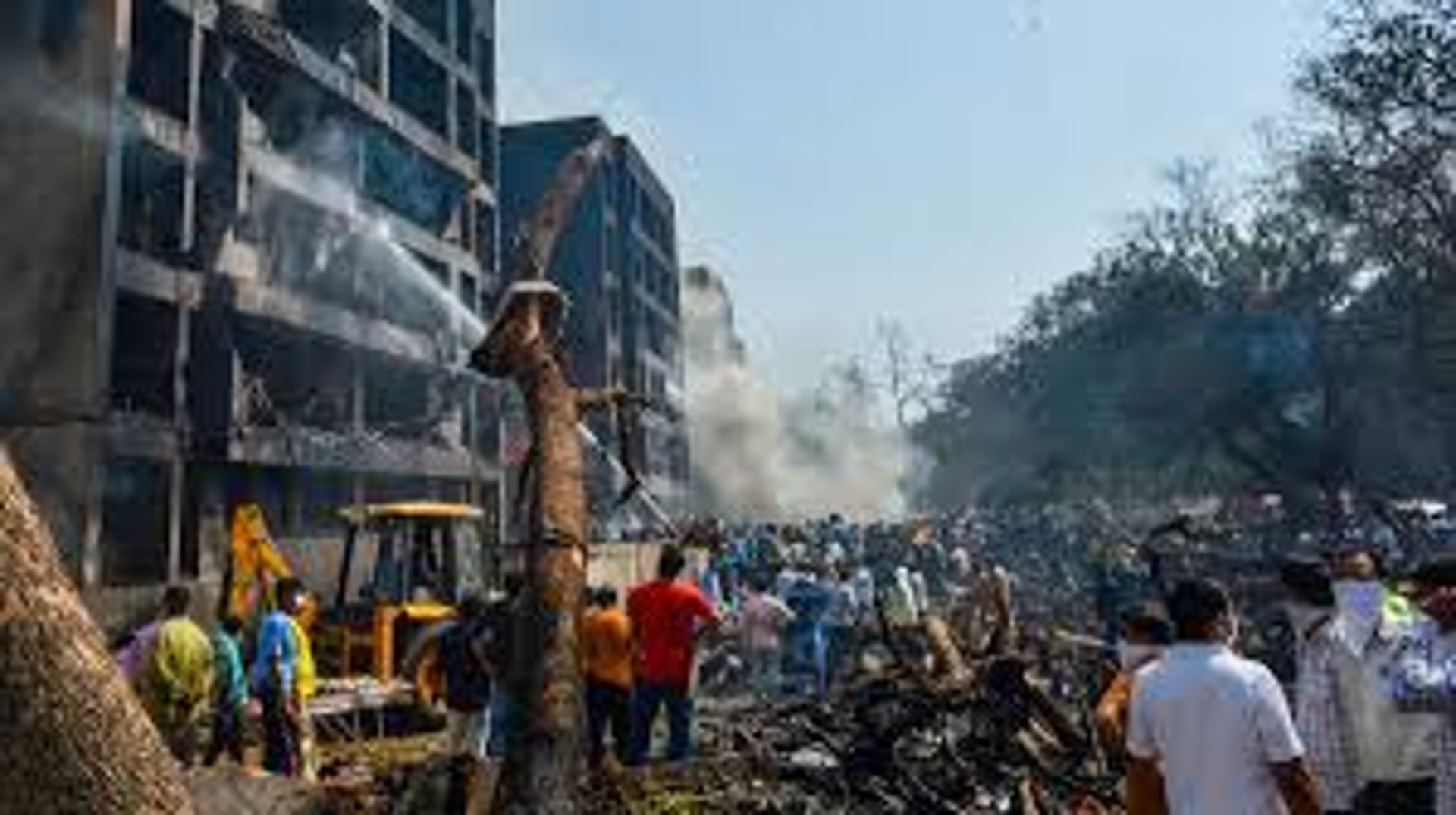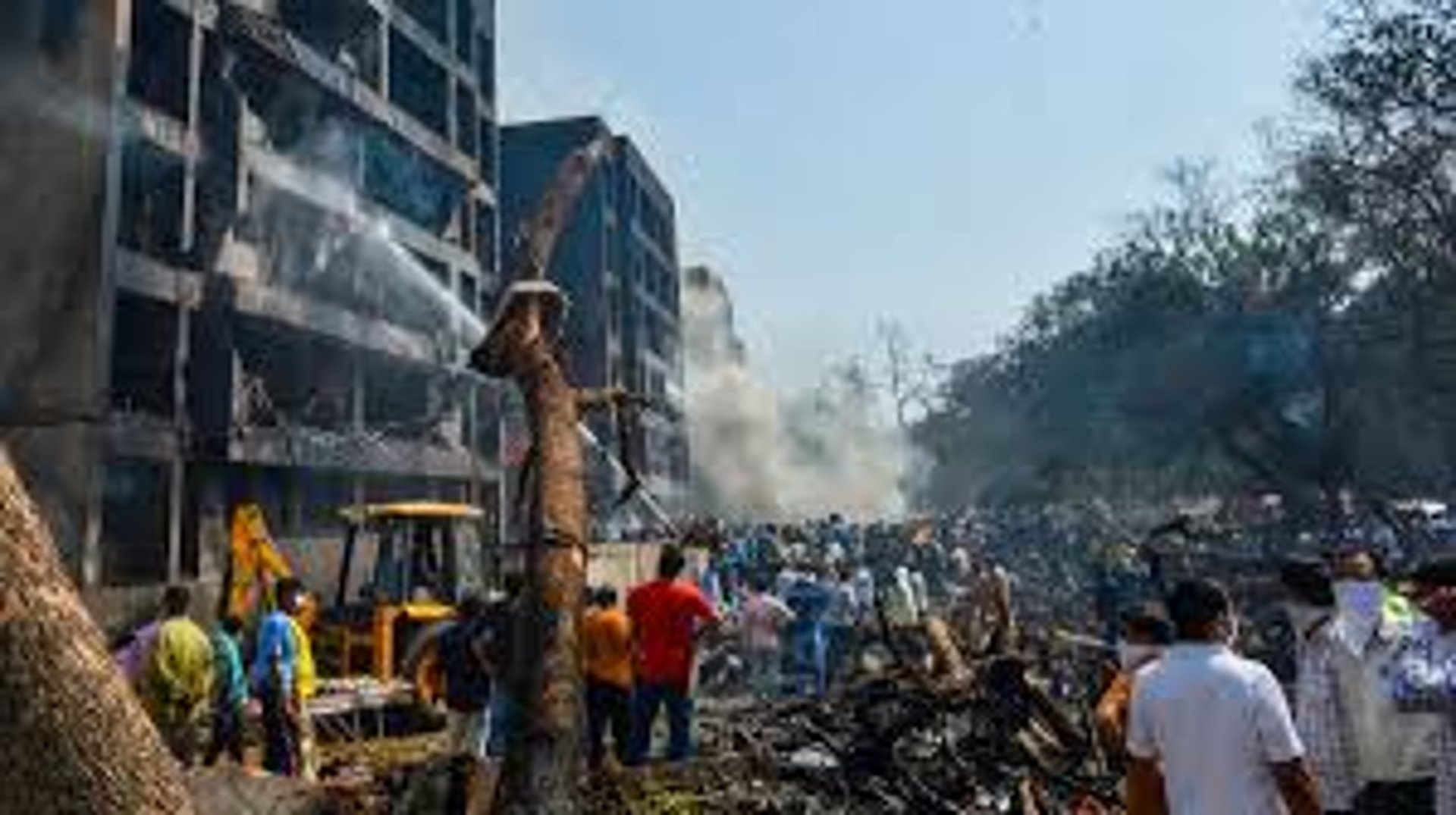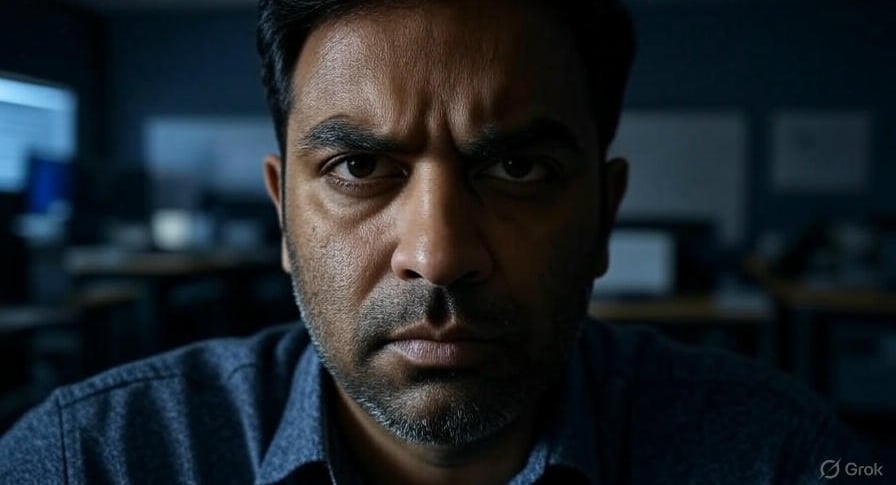
The Fourth Pillar of Indian Democracy: Challenges and Pathways to Truth



In the world’s largest democracy, the media is often hailed as the fourth pillar, standing alongside the legislature, executive, and judiciary. This designation reflects its critical role in upholding democratic values by informing the public, holding power to account, and fostering transparency. However, the Indian media faces significant challenges in maintaining accuracy and truthfulness, which have sparked debates about its credibility. This article examines these challenges, provides evidence of their impact, and proposes actionable solutions to strengthen the media’s role as a cornerstone of Indian democracy.
The Vital Role of Media in India
The Indian media, often referred to as the fourth estate, serves as a bridge between the government and its citizens. With over 82,000 newspapers and more than 900 television news channels operating in multiple languages, India boasts one of the most dynamic media landscapes globally (Legal Service India). The media’s responsibilities include:
Informing the Public: Providing news, analysis, and context on political, social, and economic issues.
Ensuring Accountability: Acting as a watchdog by investigating corruption, human rights violations, and government inefficiencies.
Facilitating Dialogue: Amplifying diverse voices and fostering public discourse in a pluralistic society.
This role is particularly crucial in India, where 1.4 billion people rely on the media to navigate the complexities of governance and societal change (The Creative Post).
Challenges to Media Credibility
Despite its importance, the Indian media faces several obstacles that undermine its ability to deliver accurate and truthful reporting. These challenges are multifaceted, rooted in technological, economic, and political dynamics.
1. Misinformation and Fake News
The proliferation of social media has accelerated the spread of misinformation, which often seeps into mainstream media. A notable example occurred during the 2025 India-Pakistan conflict, when some trusted outlets reported fabricated stories about Indian military successes, such as attacks on Pakistani nuclear bases and the downing of fighter jets. These claims were later debunked, highlighting the media’s susceptibility to unverified information (New York Times).
India’s high risk for misinformation is further evidenced by the 2024 World Economic Forum’s Global Risk Report, which ranked the country as the most vulnerable to disinformation. Factors like polarization and distrust in media amplify this issue, making it easier for false narratives to gain traction (University of Michigan News).
2. Media Bias
Perceptions of bias are widespread, with many media outlets accused of aligning with political or corporate interests. During the COVID-19 pandemic, for instance, some pro-government channels falsely attributed oxygen shortages to farmers’ protests, ignoring evidence of systemic public health failures (Stimson Center). Such biased reporting distorts public understanding and erodes trust in the media’s impartiality.
3. Commercialization and Sensationalism
The Indian media industry, valued at over 1% of the country’s GDP, is highly commercialized, with outlets competing for advertising revenue (Transnational Institute). This economic pressure often leads to sensationalism, where exaggerated or misleading stories are prioritized to attract viewers. The “paid news syndrome,” where media houses accept payments for favorable coverage, further compromises journalistic integrity (Legal Service India).
4. Lack of Diversity
The concentration of media ownership in the hands of a few conglomerates limits the diversity of perspectives. This lack of representation can marginalize voices from underrepresented communities and stifle alternative narratives, reducing the media’s ability to reflect India’s pluralistic society.
5. Political Interference
Political influence, whether through ownership ties or government pressure, poses a significant threat to media independence. Reports of censorship, such as Twitter’s removal of 52 tweets criticizing the government’s COVID-19 response in 2021, underscore this challenge (Stimson Center). Such interference weakens the media’s role as a democratic watchdog.
Evidence of Media Shortcomings
The following table summarizes key evidence of the Indian media’s challenges, drawn from credible sources:
Issue Evidence Source
Misinformation Fabricated stories during 2025 India-Pakistan conflict New York Times
High Risk for India ranked highest in 2024 World Economic
Disinformation Forum’s Global Risk Report University of Michigan News
Bias Misleading COVID-19 reporting blaming farmers’ protests Stimson Center
Commercialization Paid news and sensationalism driven by
advertising revenue Legal Service Indi
Credibility Crisis Disconnect between media content and public needs Transnational Institute
Political Interference Censorship of critical tweets during COVID-19 Stimson Ce
These examples illustrate a broader crisis of credibility, where the media’s failure to uphold truthfulness threatens its democratic function.
Impact on Indian Democracy
The erosion of media credibility has profound implications for India’s democracy:
Informed Decision-Making: When citizens cannot trust the media, their ability to make informed choices in elections and public debates is compromised.
Polarization: Misinformation and biased reporting can deepen social and political divides, fueling unrest.
Weakened Accountability: A media that fails to question authority allows government inefficiencies or abuses to go unchecked, as seen in cases of unreported economic data manipulation (Foreign Policy).
Erosion of Trust: Public distrust in media undermines the democratic process, as citizens may turn to unreliable sources or disengage entirely.
Pathways to Improvement
To restore its credibility and strengthen its role as the fourth pillar, the Indian media can adopt the following strategies:
1. Strengthen Fact-Checking
Media organizations should invest in dedicated fact-checking units or partner with independent fact-checkers. Social media platforms like WhatsApp and X have implemented measures like message forwarding restrictions and content flagging, which media outlets can emulate (Osavul). Rigorous verification processes can prevent the spread of unverified stories.
2. Promote Media Literacy
Educating citizens to critically evaluate news sources is essential. The Digital India campaign, which raises awareness about misinformation, can be expanded to include school curricula and public workshops (Osavul). A media-literate public is less likely to fall for fake news.
3. Ensure Editorial Independence
Diversifying media ownership and protecting editorial autonomy can reduce political and corporate influence. Policies that limit media monopolies and safeguard journalists from pressure are critical to fostering independent reporting.
4. Uphold Journalistic Ethics
Training programs should emphasize ethical standards, such as accuracy, fairness, and transparency. Media houses can adopt codes of conduct that prioritize public interest over profit (Media Helping Media).
5. Regulate Without Censorship
The government can implement frameworks to hold entities accountable for spreading fake news, but these must avoid stifling free speech. Transparent regulations, developed with input from media stakeholders, can strike this balance (Osavul).
6. Support Investigative Journalism
Investigative journalism uncovers hidden truths and holds power to account. Financial support and legal protections for journalists can encourage this vital work, ensuring the media fulfills its watchdog role (LNCT Group).
7. Leverage Technology
AI tools can detect misinformation by analyzing patterns in content spread. However, their use must respect privacy and avoid overreach. Media outlets can also use technology to enhance reporting, such as through data-driven journalism (University of Michigan News).
8. Foster Transparency
Media organizations should disclose their sources and funding to build trust. Transparent reporting practices can reassure the public of the media’s commitment to truthfulness.
Conclusion
The Indian media, as the fourth pillar of democracy, holds immense power to shape public opinion and safeguard democratic values. However, challenges like misinformation, bias, and commercialization have eroded its credibility, with tangible consequences for India’s democratic fabric. By strengthening fact-checking, promoting media literacy, ensuring independence, and adhering to ethical standards, the media can reclaim its role as a trusted watchdog. These efforts require collaboration among media houses, the government, and the public to ensure that the fourth pillar stands firm in supporting India’s vibrant democracy.
